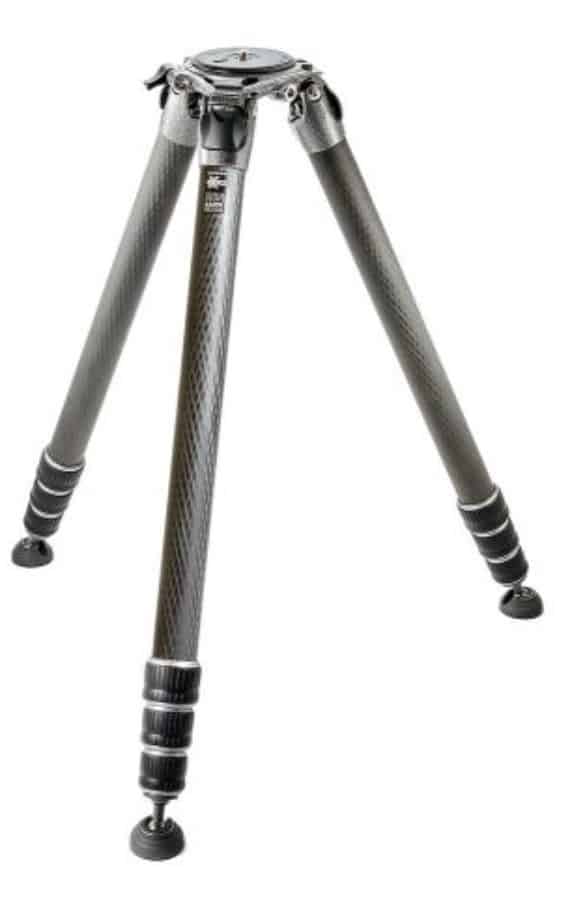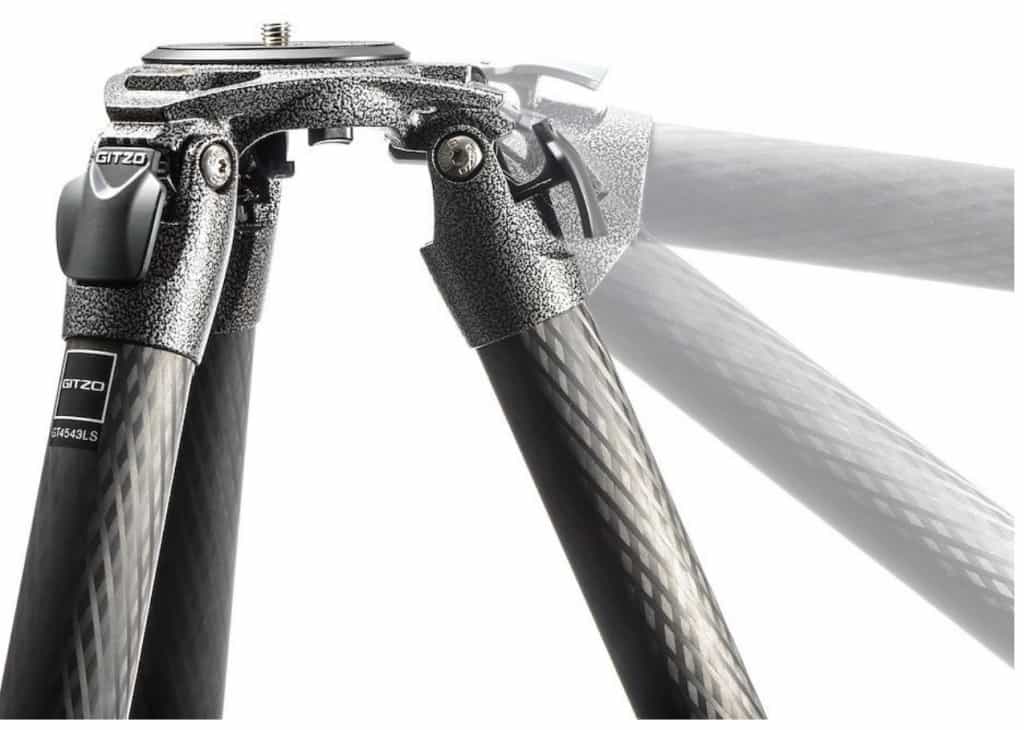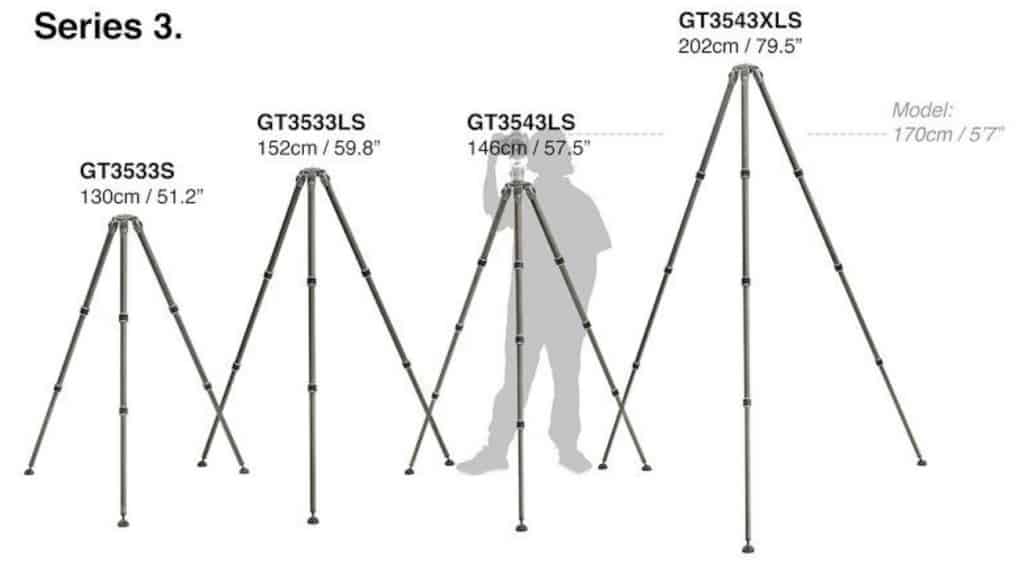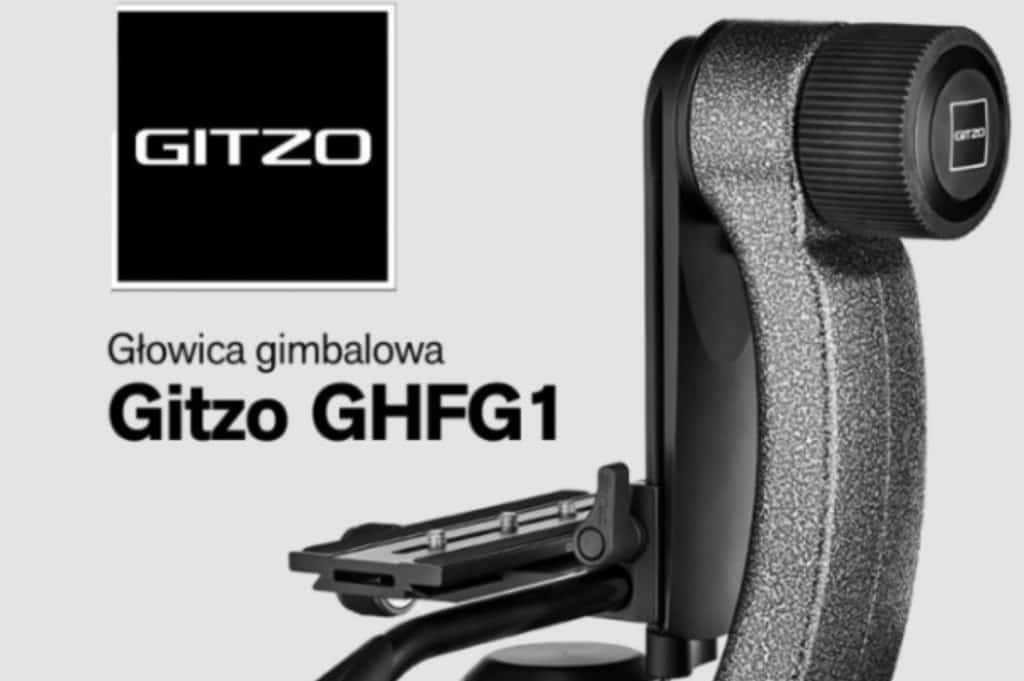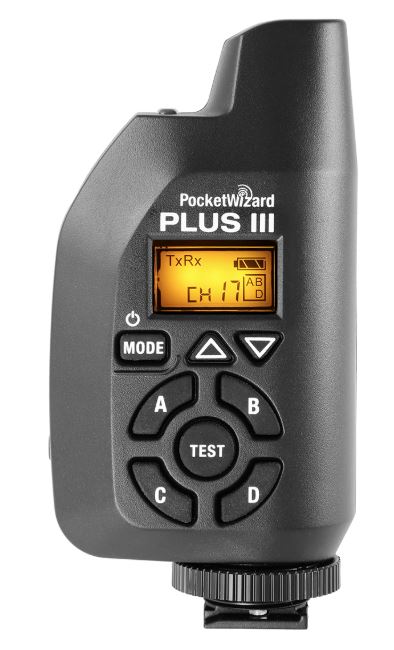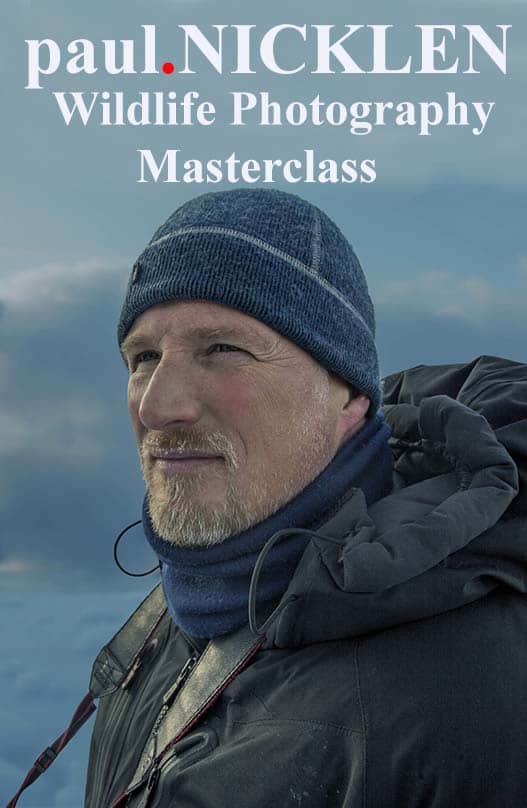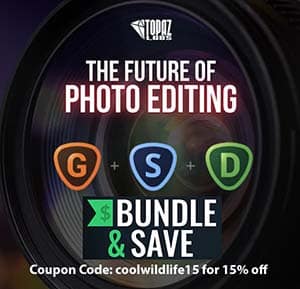This guide will help you to select the best tripod and gimbal head for your wildlife photography and discuss when and how to use them. Selecting the best tripod and gimbal head for your wildlife photography is one of the most important decisions you’ll make so you want to get it right. Over the past 25 years of shooting wildlife I have purchased and sold more tripods then I care to think about because they lacked one thing or another or just did not provide the support I required as I upgraded to heavier lenses.
The best advice I can give you is to save if you need to and buy the best tripod and gimbal head for your current gear and the equipment you expect to mount to it in the years to come. Learn from my mistakes, buying once will save you money in the long run.
This post is not going to provide you with a list of differing tripods from many brands and gimbal heads to choose from, there are many of those posts out there already. I always buy what I figure is the very best option available so that’s what I am recommending in this article.
My recommendations are based on my experience in the field and the types of shooting we do as wildlife photographers. I have selected the Gitzo line of tripods and gimbal heads as I believe they are the best in the business. I’ll recommend three tripods and one fluid gimbal head:
- Gitzo GT5543XLS Tripod For Long Heavy Lenses: This is a tripod for those of you who shoot with long prime and zoom lenses (400mm-800mm)
- Gitzo GT3543XLS Tripod For Shorter Lighter Lenses: For those of you shooting with shorter to mid-size lenses and no intention of ever upgrading to larger, heavier lenses
- Gitzo 5563GS Tripod For Tall People: The last tripod on the list is for folks that require a tripod that will carry the heavier load but are tall. (Taller than 6 feet)
- Gitzo’s Gimbal Fluid Head GHFG1: And finally, you’re going to need to mount your lens to the tripod and that’s where the Gitzo fluid gimbal head comes in.
Where to Purchase:
- Gitzo GT5543XLS Tripod For Long Heavy Lenses: Available at B&H Photo & Gitzo.
- Gitzo GT3543XLS Tripod For Shorter Lighter Lenses: Available at B&H Photo & Gitzo.
- Gitzo 5563GS Tripod For Tall People: Available at B&H Photo & Gitzo.
- Gitzo’s Gimbal Fluid Head GHFG1: Available at B&H Photo & Gitzo.
Photographers break into two camps, those that shoot only stills and those that shoot both stills and video. That’s why I recommend the Gitzo gimbal fluid head to sit on top of whichever tripod you choose from the list below. This head was designed with video in mind but it is also excellent for stills.
In today’s post, I’ll explain the importance of using a tripod and gimbal head combination when shooting wildlife. But first let’s jump right into the reason you’re reading this post, my recommendations for the best tripod and gimbal head for wildlife photography.
My Picks for the Best Tripod and Gimbal Head for Wildlife Photography
By now you’re aware that all three of my recommendations are from Gitzo. A quick history lesson is in order here. Gitzo is a tripod head and accessories retailer that began in France back in 1917 through founder Arsene Gitzhoven. He’s also the company’s namesake. When he started his company, Gitzhoven sold film holder backs, shutters, shots, and cameras. After World War II tore through the world, Gitzo picked back up in 1944. By 1960, the family-owned business transitioned ownership to Gitzhoven’s daughter, Yvonne Plieger. These days, Gitzo is known for its high-performance photography solutions and accessories, especially their tripods. They have been around a very long time and have established themselves as the leader in this space.
Here are my picks for must-have tripods and a gimbal head by Gitzo:
For Heavy Lenses: Gitzo GT5543XLS Tripod
My first recommendation is the Gitzo GT5543XLS Tripod from their series 5 systematic lineup. It hits the sweet spot for most photographers. This tripod has 4 leg sections and that’s just one of the reasons I recommend this tripod. Their is an equivalent 3 leg section version however as wildlife photographers we are often pointing our cameras up into the trees and that creates a problem. The more you aim up the lower the back of your viewfinder gets.
While the 3 section tripod may be the right height while you are looking straight ahead or downwards it will almost certainly have you bent over when you point it upwards to capture that Great Grey Owl in the tree. If you’re an average height individual or taller it does not take long before the back and neck pain sets in. You can always leave one section not expanded on the 4-section version if you don’t require the height but you can’t further extend a 3 section tripod past its maximum height. Trust me on this one, my aching back and I learned the hard way. For comparison sake the 4 section version extends to 78 inches vs 53 and 57 inches for the two 3 section models which in my opinion are too short for most people.
The Gitzo GT5543XLS tripod is made of professional-grade carbon fiber so it’s very rigid and that’s what your looking for to reduce camera shake. The tubes are Carbon eXact, Gitzo’s own material and I’ve had my two tripods for several years and never had an issue.
The feet are wider than other Gitzo tripods, and they’re adaptable too so you have a very stable platform for your wildlife photography. Weighing 6.88 pounds, the Gitzo Tripod Series 5 Systematic XL is quite burly, but that is intended in its design for carrying the load of even the heaviest cameras and lenses without compromising on stability.
A range of usable modular accessories let you take your Gitzo tripod further, customizing it to your liking. One of these included accessories is the Easy Link attachment. If you use monitors, external LED lighting, or Manfrotto arms, the Easy Link attachment makes it easy to get these accessories set up.
The G-Lock Ultra technology included with this tripod lets you lock the legs instantly and they will not creep in my experience. If you need to set up your tripod on a moment’s notice because you’re ready to take some photos right away, this tripod works with you, not against you. I tend to leave the G-locks loose when not in use so I can just pull the legs out without the need to unscrew the locks. This makes the initial setup faster.
The top casting element of the Gitzo GT5543XLS tripod closes and opens so you can use the tripod with a leveling base, video half-ball adapter, sliding center column, geared center column, a flat disk, or your other accessories from Systematic. Having said that, just because you can doesn’t mean you should when it comes to center columns. With large prime lenses center columns introduce instability and vibration in my opinion so I do not recommend them.
As with all Gitzo tripods you can adjust the legs to 26/55/89 degrees which makes it so you can extend the legs parallel to the ground for shooting on your belly which we wildlife photographers often do. If you aren’t getting down and dirty you should be so it’s worth reading tip #8 in my post called, Wildlife Photography | 10 Mistakes No One Tells You About.
The Gitzo GT5543XLS Tripod sells for $1,339.99 USD. Did you just say Holy %$#@. It may seem like a lot but you’d pay that for a lower end zoom lens and not think twice about it. It kills me when people spend $15,000 on a lens, another $6500 on a camera and then stick it on top of a crappy $150 tripod. Enough said on that topic.
For Lighter Lenses: Gitzo GT3543XLS Tripod
The Gitzo GT3543XLS Tripod is my next recommendation for best tripod for wildlife photography. The main difference between the series 3 and the GT5543XLS tripod in the series 5 is the reduced tube diameter which slims everything down. The Gitzo GT3543XLS comes in at 6 pounds.
This is also a 4 section tripod and can reach a total height of 79.52 inches, which is tall enough for most photographers. The exception being those that are very tall, I have another recommendation for those of you that shop at American Tall.
Like the Series 5 the Gitzo GT3542XLS boasts the adaptable, wide feet to enhance your stability, giving you one less thing to worry about when planning your next wildlife photography shoot. The feet are removable if you prefer.
If you want to get down low this versatile tripod will have you at a very decent height of 3.93 inches off the ground. The Gitzo GT3542XLS folds down to just 28 inches long so it’s not bad as a traveling companion as well. I’ve had mine to Alaska and the Arctic and never had an issue getting it into my duffel although I did have to remove the gimbal head.
The Easy Link attachment is back. The Carbon eXact tubes and carbon fiber body make a return as well, giving this tripod great durability. You can still close or open the casting element for using Systematic accessories such as a leveling base or a sliding center column.
The G-Lock Ultra twist locks, another great feature of the Series 3 Systematic XL, allow for quick locking in place. Gitzo also says the twist locks keep the tripod legs safe from dirt.
The Gitzo GT3543XLS Tripod costs $1,059.99 USD. Tell me you didn’t just fall off your chair again.:))
For Tall Folks: Gitzo 5563GS Tripod
The Gitzo 5563GS also known as the Systematic Giant is a 6 section that extends to an incredible 109 inches and weighs in at 7.85 pounds. If Shaquille O’Neal was a wildlife photographer he’d have one of these for sure. Other than the additional leg sections the features are identical to the two other tripods. The specs are below for your review if this is the tripod that fits your frame.
The Gitzo 5563GS retails for $1549.99 USD. The bigger they are the harder they fall so I hope you were sitting down big guy/gal.:))
Gitzo Gimbal Fluid Head GHFG1
I have also been through my share of ball heads and small to large gimbal heads. Last year I bought a fluid gimbal head which I had always thought would be great for video (and it is) but man what a world of difference for panning stills as well. The movement is so much smoother than regular bearing gimbals I have used in the past.
This sleek gimbal is for birdwatchers and wildlife photographers alike according to Gitzo. The gimbal head took home the iF Design Award in 2018 as well as the Red Dot Award that same year.
The knobs feel soft to the touch, as they’re designed ergonomically so they’re comfortable for your hands to use for hours. An Acra-type quick release and rubber-gripped plate with the included pan bar called the Whip-Pan also make using your gimbal head simple to use.
The Whip-Pan lets you move your camera at low or high speeds of rotation. By lowering your rotation speed, you get smooth movement thanks to the friction applied by the Whip-Pan. When you rotate faster, the Whip-Pain reduces the rotation of fluid so you can turn your camera without your tripod ever moving. Then, as you slow down movement again, the fluid rotation increases.
For those of you who like to talk tech the base of this gimbal fluid head is light magnesium produced via hot-chamber die-casting done at high pressures for strength and streamlining. A fluid cartridge in Gitzo’s gimbal lets you balance your camera vertically and horizontally even if your setup is heavier, and all with a center of gravity that feels perfectly natural.
This gimbal head is compatible with the Systematic tripods I reviewed above as well as Gitzo’s Mountaineer tripods if you use those. The head also comes equipped with an arca-swiss compatibility. Do take note that you will require an arca-swiss replacement footer or plate on the foot of your lens to mount your lens to the tripod. These footers are specific to your lens so you’ll need to order the correct one. The complete line of available replacement footers for every brand are available at B&H Photo. This link will take you to the page you need to begin your selection, just scroll through the pages or do a search for your specific lens.
Gitzo’s Gimbal Fluid Head GHFG1 retails for $529.99 USD.
Why Choose a Carbon Fiber Tripod?
- Weight – Carbon fiber is 70% lighter than steel, 40% lighter than Aluminum. You may not think it, but when you’re out in the field all day carry your gear that 40% makes a huge difference.
- Rigidity – The stiffness to weight ratio of carbon fiber is five times greater than that of aluminum. As such carbon fiber tripods will definitely exceed aluminum in strength and rigidity. In the world of wildlife photography this means that carbon fiber tripods do not flex nor transmit vibrations that may induce camera shake and soft images.
- Cold Weather – The thermal conductivity of a carbon fiber tripod is very low, so it is comfortable to handle at any ambient temperature. An aluminum tripod feels cold right through your gloves.
Even if you have a decent tripod and gimbal setup already, upgrading to Gitzo’s equipment will make your whole setup more secure. Keep reading to see why!
Why Use a Tripod for Wildlife Photography?
There are four very good reasons why you should consider using a tripod:
1/ Saves Your Arms the Strain
As wildlife photographers we can spend hours, even days at a time on photo shoots waiting for a certain animal to appear or for the ideal weather conditions. Whether you’re flying out to Alaska to photograph brown bears or just shooting the local great horned owl you want to make the most of each trip.
Now imagine spending eight hours photographing with a heavy zoom or prime lens without a tripod. I can tell you from experience that it can be done for a little while but over time your neck, shoulders and arms are screaming at you. This can hurt you in more ways than just physically. While you’re resting your arms that will be the time that elusive bird you had been waiting for comes flying by, disappearing after a moment not to be seen again.
In wildlife photography, there are no do-overs. You have to make sure you’re there and ready to take that special shot when it comes, and if you’re not, then oh well. You don’t get it. Your tired arms could make you miss out on some great photos!
2/ Maintains Stability With Long Lenses
Another reason to begin using a tripod for your wildlife photography is for stability. As I said before, holding a heavy camera and lens for hours at a time can be painful. Since your muscles are shot, your arms might not be steady, producing blurry images of sometimes once-in-a-lifetime photo subjects. BTW, if you’re finding your images are not pin sharp you’ll want to read my post called, “Why Are My Photo’s Blurry| 12 Killer Tips”.
It is a mistake to think that you can rely on image stabilization and photo editing to fix your photo. If the image is not pin sharp to begin with there’s little you can do to rescue that image from heading to the deleted bin.
For wildlife we are very often shooting with longer lenses and that’s where the tripod really makes a difference in obtaining sharp images. Longer lenses can produce twice the vibration, so any camera shake is amplified but with a tripod that shake can be significantly reduced.
3/ Keeps Your Camera in an Optimal Position
Like I’ve said, wildlife photography is all about the waiting game. Say you know of a location where an Eastern Screech Owl is nesting in a hole in a tree. You may have to stay there for hours at a time before the little fellow pops its head out of that hole.
With a tripod, once you pick out your ideal spot, you can pre-focus on the hole and once the screech owls head pops up you take your shots quickly. That head may only be up for a second or two and if you were hand holding you may miss that shot. This is an application where a remote trigger like the Pocket Wizard Plus III can come in handy. If the owl knows your standing there they are less likely to come out. So you setup your tripod, pre-focus on the hole and go hide in the trees. When the owls head pops up you fire your camera remotely from a distance. The range on a pocket wizard plus III is 5 miles wirelessly. That’s crazy far, so you can easily tuck yourself away so that the bird or animal you are shooting has no idea you’re there.
4/ Great Image Quality
Perhaps the biggest reason to use a tripod in my wildlife photography is for reliable pin sharp images. When shooting with slower shutter speeds, such is the case with dusk and dawn low-light conditions, a tripod is a must to get sharp images. This is another application where using a remote trigger to minimize camera shake would be a great idea.
Why Use a Fluid Gimbal Head For Wildlife Photography?
I’ve always used a bearing based gimbal until this year when I made the move to a fluid gimbal head. Based on my field testing the fluid gimbal head makes panning moving wildlife so much smoother and that means better quality images. Where the fluid gimbal head really sets itself apart is with video. This was a game changer for me. I found it so much easier to keep panning smoothly while following my subject than with other gimbals and that shows in the resulting video footage.
Hand-Holding vs. Tripod and Gimbal: Which Is Better?
Okay, so I’ve touched on this point, but I want to dedicate a section to discussing whether holding your camera by hand or using a tripod and gimbal is better. The answer is, it depends.
If you’ve been in the photography game for as long as I have, then you’re used to handling the weight of cameras with longer lenses like telephoto lenses. I do prefer the range of motion that hand holding provides me and there’s no question that there are times when I might not have gotten the shot if I was mounted to my tripod. Birds flying overhead with acceptable lighting conditions is a great example where I will choose to shoot hand held.
Tripods take time to setup so if you happen upon a subject and you have to take time to setup a tripod the opportunity to capture that moment can pass you by quickly so you will miss shots. I can recall seeing my first bald eagle, we stopped the car and hopped out and by the time I setup my tripod and mounted my lens the eagle had flown off and I never did get a shot. My shooting companion spent the rest of the day in my grill teasing me about how slow I was and what a great image I just missed. Lesson learned, hand holding to capture fleeting moments is my preferred option. If the subject sticks around after I have captured my initial shots then I will take the time to setup my tripod.
On the other hand there are situations where the tripod and gimbal is a better option, especially when shooting with heavier lenses. When shooting in low light the tripod and gimbal combo will yield sharper images. Shooting static subjects such as birds in a nest or an owl in a tree where hand holding 15 lbs for any length of time just is not humanly possible. Pre-focusing on a spot where you know a subject will appear but it may take hours for that moment to unfold. Pre-focusing on a spot and using a remote trigger from a concealed location for critters that are especially shy. Shooting video of static or moving wildlife renders footage without unwanted motion.
There are many other examples for which is best but the point is it depends on the situation so you’ll need to decide when a tripod or hand holding is the best option.
While we are on the subject of remote triggers, David Yarrow uses this technique to capture close-ups of his subjects with a Pocket Wizard without using a tripod. He props his camera up on the ground with a wide angle lens where he knows his subject will pass by and from a distance triggers his camera when the action unfolds. I’m going to be employing this technique in my photography going forward. I got a few of these techniques and other ideas from the David Yarrow Photography MasterClass that I took this year.
Conclusion
A tripod and gimbal head are both must-have accessories for your wildlife photography especially if you are shooting with large prime lenses. The tripod stabilizes even heavier camera and lens setups so you don’t have to strain while holding your gear. A fluid gimbal lets you pan your camera in all directions smoothly and naturally to track animals in their habitat or birds in flight for both video and still images.
Gitzo is the best brand in the business in my opinion. If you want the best tripod and gimbal money can buy I highly recommend you purchase a Gitzo Series 5 or Series 3 Systematic XLS tripod as well as the brand’s fluid gimbal head, which is compatible with those tripods. Yes they’re expensive compared to other brands but you get what you pay for. I subscribe to the adage, “Buy the best, buy it once”. High quality components like Gitzo will last you a life-time and your photos will benefit by the investment.
If you’re interested in receiving more content like this, hit the subscribe button below and you’ll receive an email every time there is a new post.
Thank you so much for supporting my channel.




